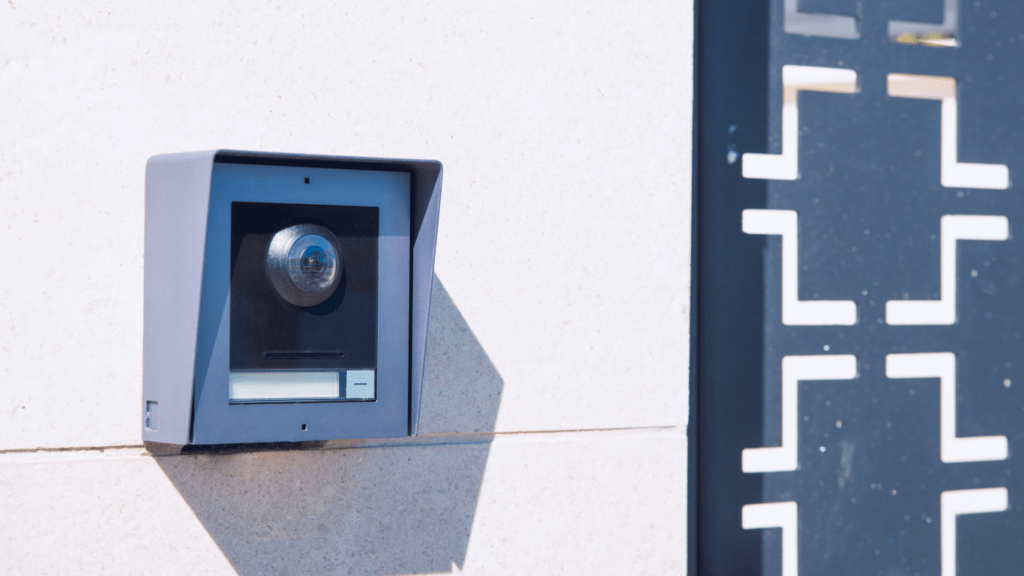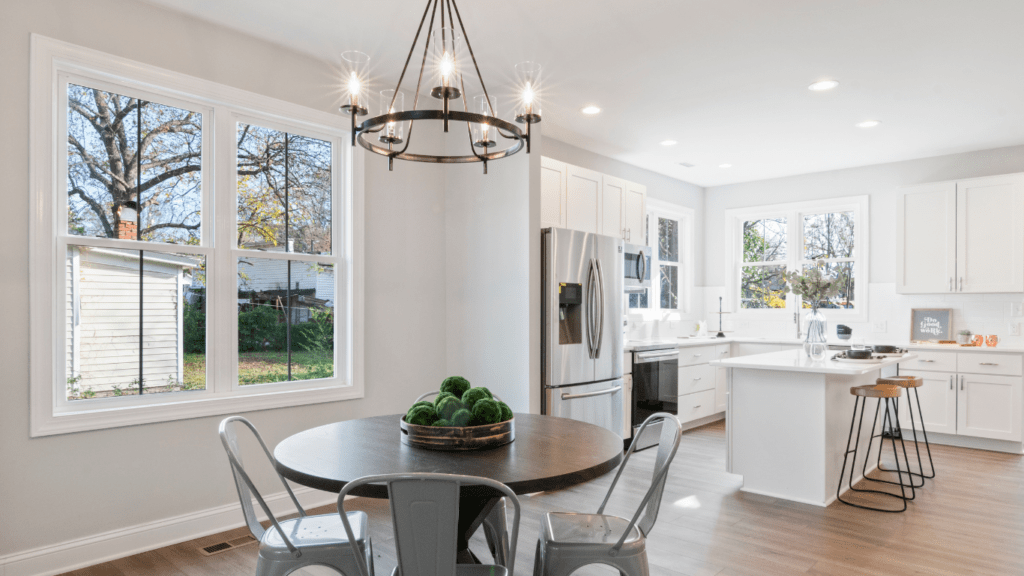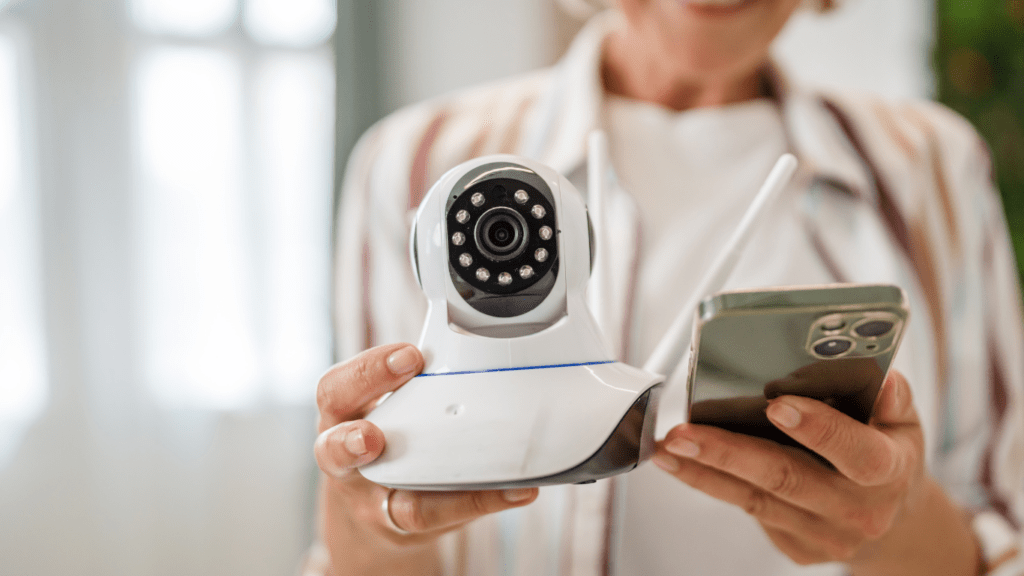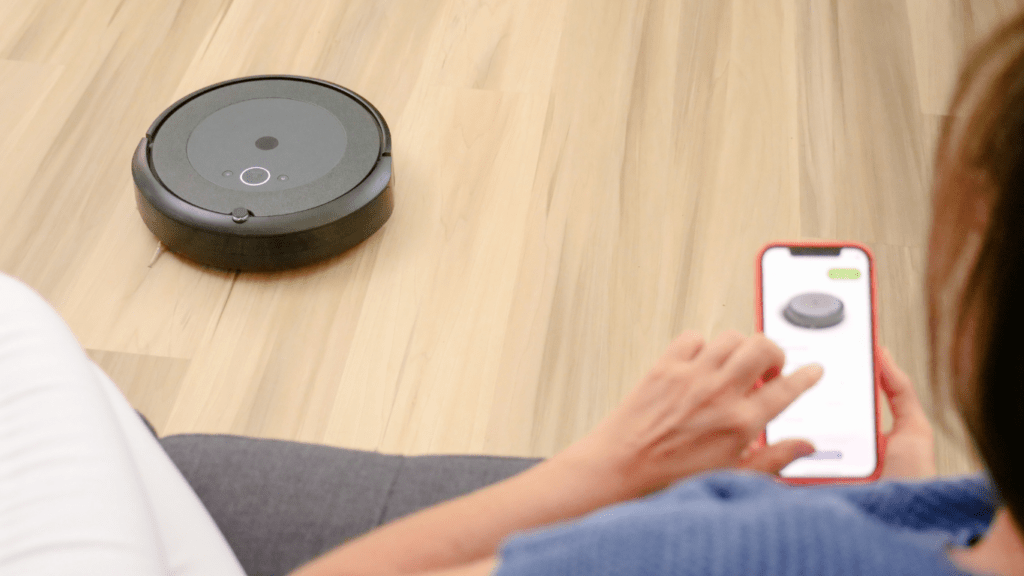What Makes a Smart Home Device Beginner-Friendly?
Selecting beginner-friendly smart home devices relies on several criteria. User-friendliness stands as the most critical factor. These devices should offer straightforward setup processes, intuitive controls, and easy integration with other smart systems.
Compatibility matters as well. A device should work seamlessly with popular platforms like Amazon Alexa, Google Assistant, and Apple HomeKit. This ensures that users can manage their smart home systems from a single interface.
Reliability is another key factor. The device should operate consistently without frequent disconnects or technical issues. This builds trust and confidence in the system, encouraging continued use.
Support and resources are essential. Devices should come with accessible customer support, detailed user manuals, and helpful online tutorials. These resources help users troubleshoot issues without frustration.
Affordability also plays a role. Beginners might be hesitant to invest heavily in unfamiliar technology, so budget-friendly options make smart home automation more appealing to new users.
Lastly, scalability is vital. Devices should allow users to expand their smart home systems as they become more comfortable with the technology. This means offering a range of compatible products that can be easily added over time.
Essential Smart Home Hubs
Smart home hubs are the backbone of any home automation setup. They connect and control different smart devices, enabling seamless integration and efficient operation.
Amazon Echo
The Amazon Echo acts as a versatile smart home hub. Built around Amazon Alexa, this device offers voice-controlled automation, allowing users to manage devices hands-free. Compatible with a wide range of smart home products including lights, thermostats, and cameras, the Echo simplifies the control process. On top of that, the setup is straightforward: plug it in, connect to Wi-Fi via the Alexa app, and it’s ready to go. The Echo also boasts routines, enabling multiple actions with a single voice command. For example, saying “Good night” can turn off lights, lock doors, and lower the thermostat.
Google Nest Hub
The Google Nest Hub provides a comprehensive smart home management experience. Powered by Google Assistant, it features a touchscreen display that adds visual aid to voice commands. The Nest Hub integrates seamlessly with Google services and works well with numerous smart home devices from brands like Philips Hue and Nest. Setting it up involves connecting to Wi-Fi and the Google Home app, which walks users through each step. The screen also offers a way to view security camera feeds and video doorbells, making it ideal for enhanced home security management. The broad compatibility and user-friendly interface make the Google Nest Hub an excellent choice for beginners.
Smart Lighting Solutions

Smart lighting solutions offer beginners an easy introduction to home automation. These devices provide customizable lighting, energy savings, and remote control options.
Philips Hue
Philips Hue offers a robust ecosystem of:
- smart bulbs
- light strips
- fixtures
With the Philips Hue Bridge, you can control up to 50 lights, set routines, and integrate with Amazon Alexa, Google Assistant, and Apple HomeKit. The initial setup is simple: connect the bridge to your router, screw in the bulbs, and pair via the Hue app. You can adjust brightness, color temperature, and create scenes. For example, set a “Relax” scene with warm lighting for the evening.
Wyze Bulb
Wyze Bulb is an affordable option providing essential smart lighting features without the need for a hub. These bulbs integrate with Amazon Alexa and Google Assistant. Setup involves screwing in the bulb and connecting it to your Wi-Fi through the Wyze app. You can schedule on/off times, adjust brightness, and group multiple bulbs to control them simultaneously. For example, set the bulbs to turn on at sunset and off at bedtime.
By choosing the right smart lighting solutions, beginners can enjoy enhanced control and personalization of their home environment.
Security and Surveillance
Enhancing security is a top priority for smart home beginners. Reliable surveillance devices ensure peace of mind by letting users monitor their homes remotely and receive instant alerts.
Ring Video Doorbell
The Ring Video Doorbell is a beginner-friendly surveillance device. It offers real-time video and audio feed, enabling users to see and communicate with visitors directly from their smartphones. Features include motion detection alerts, HD video recording, and night vision. Compatible with Amazon Alexa, setting up the Ring Video Doorbell involves mounting the device near your front door, connecting the doorbell to your WiFi, and syncing it with the Ring app. This device is an excellent way to secure entry points and deter potential intruders.
Arlo Pro Cameras
Arlo Pro Cameras provide versatile home surveillance for beginners. These wireless cameras offer HD video streaming, two-way audio, and advanced motion detection. The Arlo Pro 3 and 4 models include integrated spotlight and color night vision, enhancing visibility in low-light conditions.
Compatible with Amazon Alexa and Google Assistant, users can access and control the cameras via voice commands. Installation involves placing the cameras in desired locations and connecting them to the Arlo app. These durable, weather-resistant cameras are ideal for both indoor and outdoor use, significantly boosting home security.
Smart Thermostats
Smart thermostats offer an excellent way for beginners to start automating their home. They provide efficient heating and cooling management, saving energy and enhancing comfort.
Google Nest Thermostat
The Google Nest Thermostat stands out for its sleek design and intelligent features. It integrates seamlessly with Google Assistant, enabling voice control for temperature adjustments. Users can set schedules and utilize the Home/Away Assist feature, which adjusts the temperature based on their presence. The installation process is simplified by the Google Home app, guiding users step-by-step. The thermostat’s energy-saving features, like Eco Temperatures, help reduce utility bills.
Ecobee SmartThermostat
The Ecobee SmartThermostat offers advanced functions like built-in Alexa, making it a multi-functional device for beginners. It boasts an intuitive touchscreen interface, providing easy access to temperature controls and other smart home settings. The included SmartSensor detects occupancy, optimizing comfort in occupied rooms. The Ecobee app allows users to control the thermostat remotely, set schedules, and receive maintenance notifications. Moreover, it integrates well with various smart home platforms, ensuring a cohesive experience. The energy savings insights provided by the thermostat help users monitor and reduce energy usage efficiently.
Home Entertainment
Incorporating smart home entertainment devices can elevate a beginner’s home automation experience. Here are two top recommendations for home entertainment.
Roku Streaming Stick+
The Roku Streaming Stick+ provides a user-friendly way to stream content from popular platforms like Netflix and Hulu. Setup involves plugging the stick into an HDMI port, connecting to WiFi, and following the on-screen instructions.
Its interface makes navigating apps and content straightforward. It even includes a voice remote with TV controls, allowing users to search for shows or adjust the volume without lifting a finger. Additionally, the device supports 4K streaming, ensuring high-quality video for compatible TVs.
Sonos One Speaker
The Sonos One Speaker delivers rich, room-filling sound with smart assistant integration. Beginners benefit from its versatility, as it supports both Amazon Alexa and Google Assistant, enabling voice control over music playback.
Setup requires connecting the speaker to WiFi and using the Sonos app to configure preferences. Its sleek design fits seamlessly into any room, making it not only a functional but also an aesthetically pleasing addition to the home. The Sonos One supports multi-room audio, allowing for synchronized music in several rooms if additional speakers are added.
Best Practices for Setting Up Your Smart Home
Setting up a smart home doesn’t need to be complicated if you follow best practices. Here are some essential tips to get started:
- Plan Your Setup
Decide what you want to automate first. Start with a list of basics like lighting, security cameras, and thermostats. Identify which devices you’re planning to integrate with your smart home hub, such as Amazon Echo or Google Nest Hub. - Choose Compatible Devices
Ensure all devices are compatible with your chosen hub or platform. For instance, look for labels indicating compatibility with Amazon Alexa, Google Assistant, or Apple HomeKit. This prevents issues during setup and ensures seamless operation. - Set Up Hubs And Bridges
Install your smart home hub or bridges, like the Philips Hue Bridge for lighting systems. Place these centrally to ensure strong connectivity across devices. Proper placement reduces connectivity issues and enhances performance. - Secure Your Network
Use a strong, unique password for your home WiFi network. Enable WPA3 encryption if available. Frequently check for firmware updates on your router to patch vulnerabilities. - Follow Manufacturer Instructions
Adhere to setup guides provided by manufacturers. Utilize available resources such as user manuals, support websites, and video tutorials. For example, follow step-by-step instructions for setting up a Ring Video Doorbell or Google Nest Thermostat. - Group Devices For Convenience
Create groups for similar devices. For instance, group all smart lights in the living room or all security cameras under one group. This simplifies control and enhances user experience through easier access and management. - Automate With Routines
Set up routines or scenes for automated control. For example, program lights to turn on at sunset or the thermostat to adjust the temperature before you wake up. Utilize the automation features of your hub to streamline daily tasks. - Test And Troubleshoot
After setting up, test each device to ensure it functions as expected. Check connectivity, responsiveness, and integration with other devices. Refer to troubleshooting guides if any issues arise. - Stay Organized
Keep track of all device details, including model numbers, setup guides, and support contact info. Document the layout of your smart home network which helps in future troubleshooting or expansions.
By adhering to these best practices, beginners can navigate the complexities of home automation more effectively, ensuring a smooth and enjoyable experience.



 Smart Home Technology Consultant
Meagan Kanedooray serves as Luxe House Maker’s smart home technology consultant, with extensive experience in integrating advanced tech into luxury homes. Specializing in home automation, security systems, and energy-efficient solutions, Meagan helps readers transform their living spaces into seamless, tech-enabled environments. Her expertise in cutting-edge technologies ensures that Luxe House Maker’s audience stays informed about the latest innovations that enhance convenience, safety, and sustainability in luxury living. Meagan’s deep understanding of smart home trends makes her an invaluable resource for those looking to elevate their homes with the latest advancements in technology.
Smart Home Technology Consultant
Meagan Kanedooray serves as Luxe House Maker’s smart home technology consultant, with extensive experience in integrating advanced tech into luxury homes. Specializing in home automation, security systems, and energy-efficient solutions, Meagan helps readers transform their living spaces into seamless, tech-enabled environments. Her expertise in cutting-edge technologies ensures that Luxe House Maker’s audience stays informed about the latest innovations that enhance convenience, safety, and sustainability in luxury living. Meagan’s deep understanding of smart home trends makes her an invaluable resource for those looking to elevate their homes with the latest advancements in technology.
